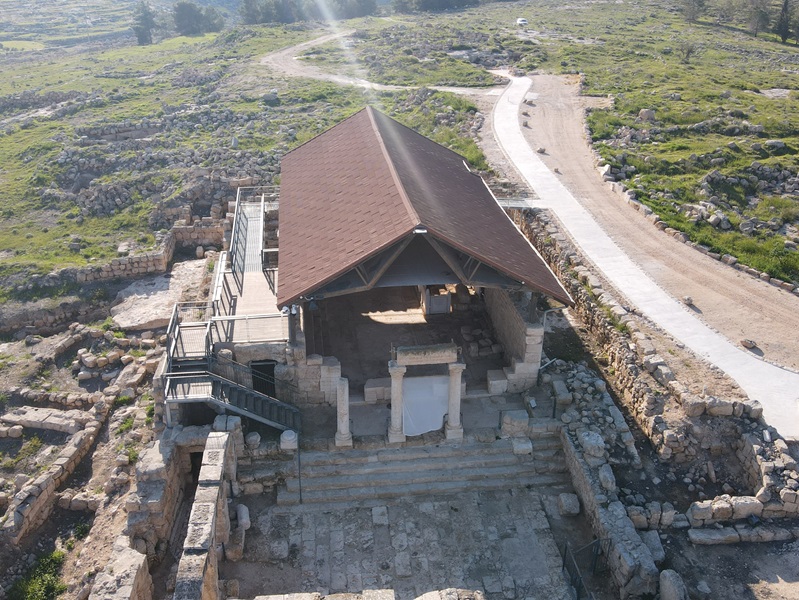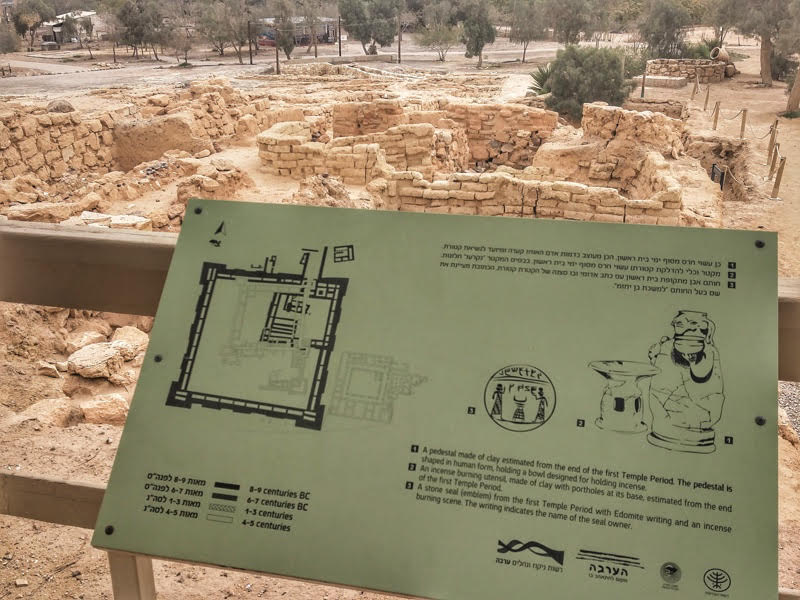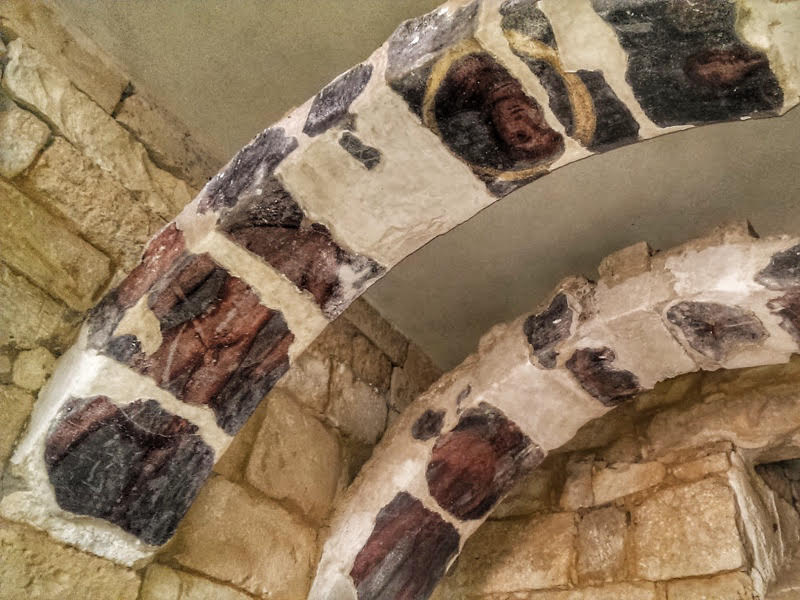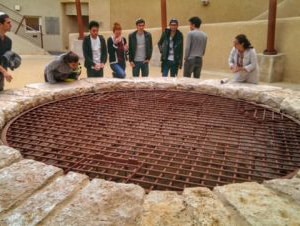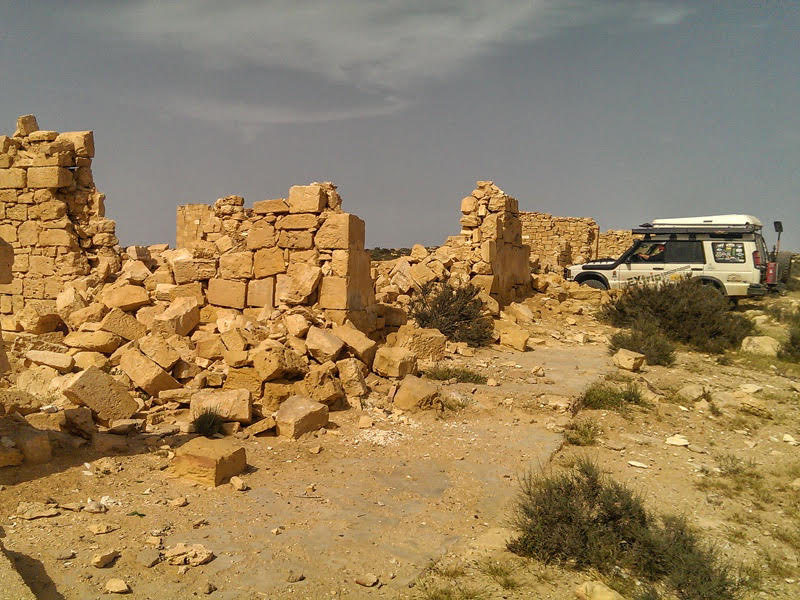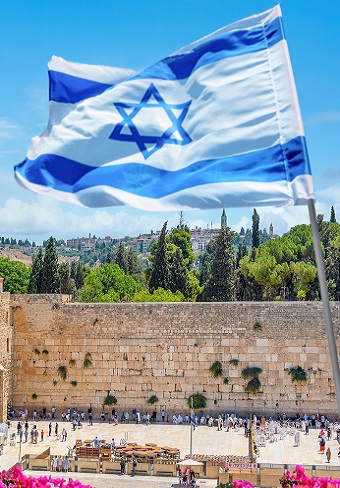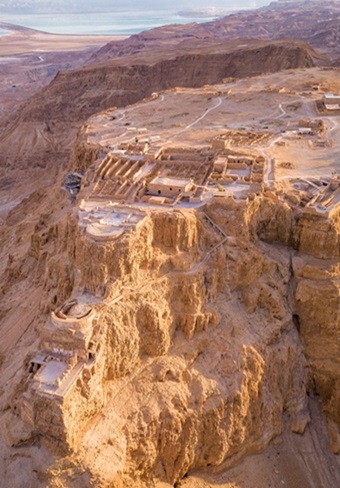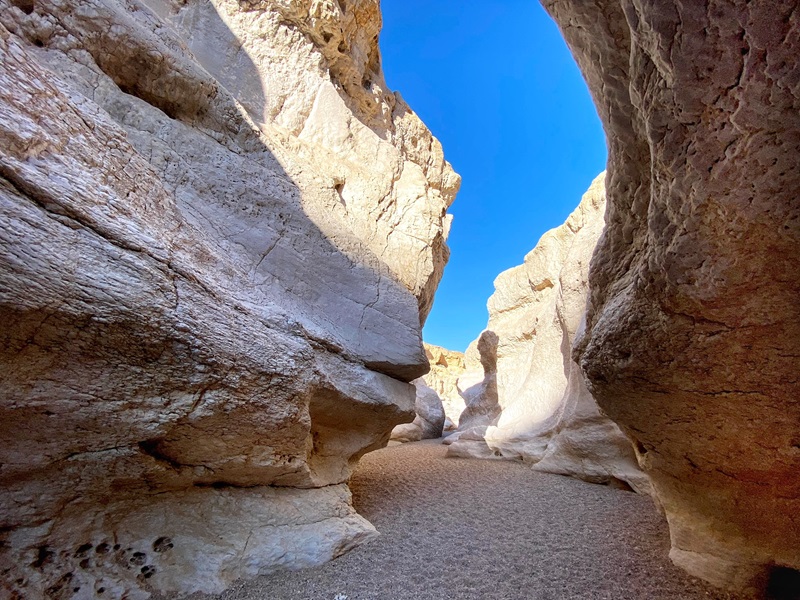Nitzana
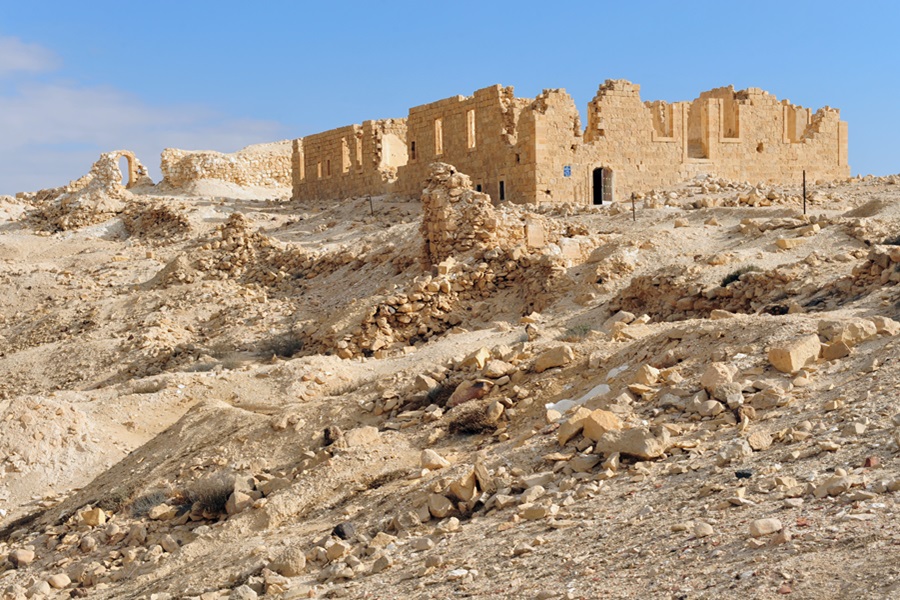
Perched on a hill above Nahal Nizzana, Nitzana was an important site in the Negev desert in the Classical periods. The Nabateans founded Nitzana, probably as a caravanserai along an eastern route of the ‘Incense Route‘.
The Incense Route and the Negev
The ‘Incense Route’ was a network of ancient roads that enabled transferring precious spices and perfumes across the Arabian Peninsula to the Mediterranean coast. The total length and exact path of the Incense Route are still not fully known. It began in Yemen, passed through Mecca, Medina, and Petra, and ended in the ports of Gaza and El-Arish. The path from Petra to the Mediterranean coast is better documented. It passed the Aravah and traversed through the heart of the Negev, including a problematic cross of the Ramon Crater. Today, the route and its related archaeological sites are UNESCO World Heritage Sites.
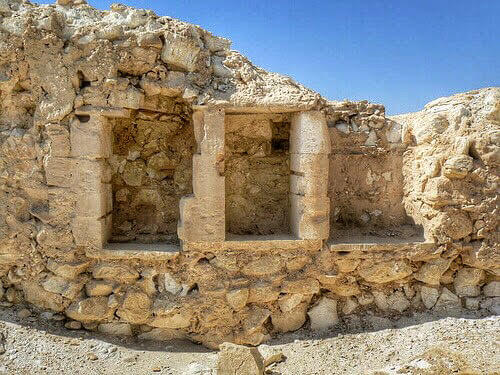
Later, in the Roman and Byzantine Periods, Nitzana developed as a regional center of the Roman southern security zone (the ‘Limes’). The city spread into the valley below in the Byzantine period, and at least three churches were built.
The site was probably abandoned after the Muslim conquest of the region. Centuries later, during the First World War, the Ottomans built a military base and installed a railway station next to it. In 1935-1937, during excavations at the site, archaeologists discovered a rare papyri archive in Nitzana’s citadel. The documents shed light on life in Nitzana and the Negev in the Byzantine period and the increasing taxation by Muslims, which probably led to the site’s abandonment.
Touring Nitzana
The site is located next to Kfar Nitzana, a border crossing point into Egypt. It is open year-round, free of charge. It is also recommended to visit the nearby Ottoman-era train station, the ‘Nitzana Curvs’ rocks, and the wells at Be’erotaim.
